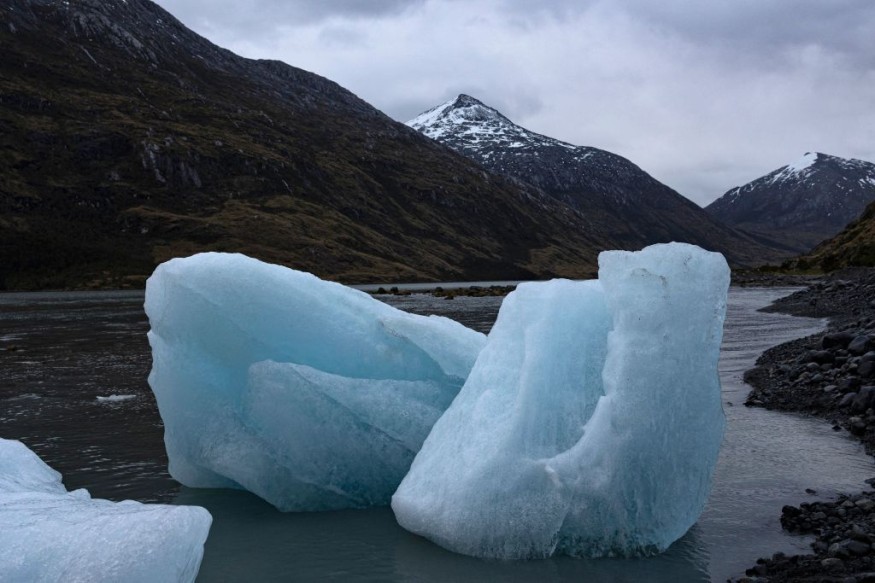The Thwaites Glacier has continued to retreat or melt amid rising ocean surface temperatures.
One of the largest glaciers in Antarctica, scientists are concerned that global sea level may continue to rise if the Thwaites Glacier completely dissolves.
Thwaites Glacier, the 'Doomsday Glacier'

Scientists have recently issued a warning regarding the melting of the Thwaites Glacier, also known as the "Doomsday Glacier," which has already contributed to 4% sea-level rise worldwide and could add more if it reached its tipping point.
Amid increasing surface water temperatures due to global warming and climate change, Thwaites Glacier--one of Antarctica's largest glaciers--is at risk of further rapid deterioration.
The risk could result in a chain effect of glacial melting and glacial collapse across Antarctica, as per Live Science.
Located in Antarctica's western region, the Thwaites Glacier is significantly huge. Its width spans 120 kilometers (74 miles), and the colossal glacier has been compared with the states of Alaska and Florida.
According to Dr. Pat Abbott, "I think the size of ice we're talking about when we say the Thwaites Glacier is about the size of Florida, and when that goes it destabilizes the rest of the western Antarctic," as cited by CBS8 news.
Abbott also compared the Thwaites Glacier to bigger than the state of Alaska.
The Thwaites Glacier contains 3,000 inches of ice and it could add two inches of sea level if we melt the said glacier completely, said Abbott.
International Thwaites Glacier Collaboration
Due to this threat, scientists are currently engaged in fieldwork to understand what is happening at the Thwaites Glacier.
The US and UK scientists are coordinating under an environmental mission to investigate and determine the conditions of the Thwaites Glacier due to global warming-induced melting.
The mission is involved with the International Thwaites Glacier Collaboration, a multinational organization initiative participated by the US, UK, South Korea, and other countries dedicated to protecting the Thwaites Glacier.
In January 2022, the organization sent a team of 32 international scientists on the U.S. National Science Foundation icebreaker, Nathaniel B. Palmer, as reported on Feb. 3.
The ship sailed from Chile to investigate the Thwaites Glacier and surrounding areas in Antarctica.
Global Warming and Rise of Sea Level
Over five decades, the repercussions of human-caused climate change and global warming have accelerated the greenhouse effect, causing the rapid melting of glaciers.
The greenhouse effect is the natural process where greenhouse gases are trapped in the Earth's atmosphere and prevent the sun's heat from escaping.
The retreating or melting of the so-called 'Doomsday Glacier' posed the biggest threat for sea-level rise in the 21st century, according to the Cooperative Institute for Research in Environmental Sciences (CIRES), a partnership between the National Oceanic and Atmospheric Administration (NOAA) and the University of the Colorado Boulder.
© 2025 NatureWorldNews.com All rights reserved. Do not reproduce without permission.





